Introduction
Freynhagen et al. developed the PainDETECT Questionnaire (PD-Q) in 2006 to screen for neuropathic pain components, earning over 1,000 Google Scholar citations (Freynhagen et al., 2006). For instance, its focus on sensory descriptors like burning and tingling makes it a go-to for pain specialists.
This guide explores the PD-Q’s features, applications, and clinical value, equipping researchers and clinicians with insights to enhance pain management. Specifically, we cover its structure, validation, and practical uses in neurology and pain research (Tampin et al., 2012).
Key Features of the PainDETECT Questionnaire (PD-Q)
Purpose and Use of the PD-Q
The PD-Q identifies neuropathic pain components in patients with chronic pain, such as low back pain. Clinicians use it to guide diagnosis, while researchers apply it in studies on pain mechanisms. For example, its simplicity makes it ideal for screening in busy clinical settings.
Target Population
Developers validated the PD-Q for adults aged 18 and older, including:
- Young Adults (18–24 years)
- Middle-Aged Adults (25–44 years)
- Older Adults (45–64 years)
- Seniors (65+ years)
It targets patients with chronic pain, particularly those with suspected neuropathic components, ensuring relevance in pain clinics and research settings. Therefore, it suits studies on conditions like diabetic neuropathy.
Questionnaire Details
Freynhagen and Baron designed the PD-Q with 9 items under the domain of Pain Assessment. The sub-domains include:
- Sensory Descriptors (7 items: burning, tingling, electric shocks, numbness, light touch pain, temperature pain, slight pressure pain)
- Pain Course Pattern (1 item: persistent vs. intermittent)
- Pain Radiation (1 item: radiating pain presence)
Each sensory item uses a 6-point Likert scale (0 = never, 5 = very strongly), while pain pattern and radiation use categorical responses. Thus, it captures neuropathic pain characteristics effectively.
Scoring Method
The PD-Q scores range from 0 to 38, based on sensory descriptors (0–35), pain pattern (±1), and pain radiation (+2). Clinicians interpret scores as:
- <13: Unlikely neuropathic pain
- 13–18: Possible neuropathic pain
- >18: Likely neuropathic pain
For instance, a score of 20 may prompt further diagnostic tests for neuropathy, guiding treatment decisions.
Administration Format
The PD-Q takes 5 to 10 minutes to administer, making it highly efficient. It can be conducted via:
- Paper-based forms
- Digital (Online) platforms
- Interview (in person)
Applications of the PainDETECT Questionnaire (PD-Q)
The PD-Q serves multiple roles in clinical practice and research:
- Screening: Clinicians identify patients with neuropathic pain components, signaling diagnostic needs.
- Diagnosis: Professionals use it to support neuropathic pain diagnoses, complementing clinical assessments.
- Treatment Planning: Specialists tailor interventions (e.g., gabapentin) based on PD-Q scores.
- Research: Investigators use the PD-Q in clinical trials to evaluate pain interventions, advancing evidence-based care.
For instance, a high score might lead a clinician to prioritize neuropathic medications, while researchers analyze pain patterns.
Languages and Availability
Translators adapted the PD-Q into multiple languages for global use, including:
- English
- German
- Spanish
- French
- Portuguese
- Japanese
As a result, its multilingual accessibility supports diverse clinical and research contexts.
The PD-Q is free for academic and clinical use, with no specific commercial publisher (Freynhagen et al., 2006). Users may need permission for commercial applications, ensuring accessibility for researchers. However, its open access supports widespread adoption.
Reliability and Validity
Studies confirm the PD-Q’s high reliability, with Cronbach’s alpha of 0.83 for sensory items (Freynhagen et al., 2006). Researchers validated it for chronic pain patients, with sensitivity (85%) and specificity (80%) for detecting neuropathic pain. Moreover, its test-retest reliability ensures consistent results. For example, its focus on neuropathic symptoms enhances its clinical relevance.
Limitations and Considerations
Despite its strengths, the PD-Q has a few limitations:
- Self-report: Respondents may be influenced by social desirability bias or personal interpretation.
- Narrow Focus: It targets neuropathic pain, potentially missing other pain types (e.g., nociceptive).
- Cultural Bias: Some sensory descriptors may vary across cultures, requiring adaptation.
Additional Resources
- Original Validation Study: Study link
- Access for the full version of the questionnaire: DP-Q Questionnaire PDF
- For inquiries, contact: Rainer Freynhagen at freynhagen@med.uni-duesseldorf.de
Frequently Asked Questions (FAQ)
1. Who can use the PD-Q?
Neurologists, pain specialists, and researchers use the PD-Q for adults aged 18+ with chronic pain.
2. How long does it take to complete the PD-Q?
Patients typically take 5–10 minutes to complete the PD-Q, feasible for clinical settings.
3. How is the PD-Q administered?
Healthcare teams administer the PD-Q via paper or digital formats, offering flexibility.
4. Is there any cost to using the PD-Q?
The PD-Q is free for non-commercial use; commercial use may require permission.
A word from ResRef about PainDETECT Questionnaire (PD-Q)
The PainDETECT Questionnaire (PD-Q) provides a reliable, simple, and validated screening too for identifying neuropathic pain. Its clear structure and emphasis on sensory descriptors support consistent application in both clinical and research settings. Although it has certain limitations, the PD-Q contributes meaningfully to pain assessment strategies and enhances the precision of pain management decisions.
References
- Freynhagen, R., Baron, R., Gockel, U., & Tölle, T. R. (2006). PainDETECT: A new screening questionnaire to identify neuropathic components in patients with back pain. Current Medical Research and Opinion, 22(10), 1911–1920. ePub October 2006. link
- Tampin, B., Briffa, N. K., Goucke, R., & Slater, H. (2012). Identification of neuropathic pain in patients with neck/upper limb pain: Application of the painDETECT Questionnaire. Pain, 153(12), 2380–2386. ePub October 2012. link


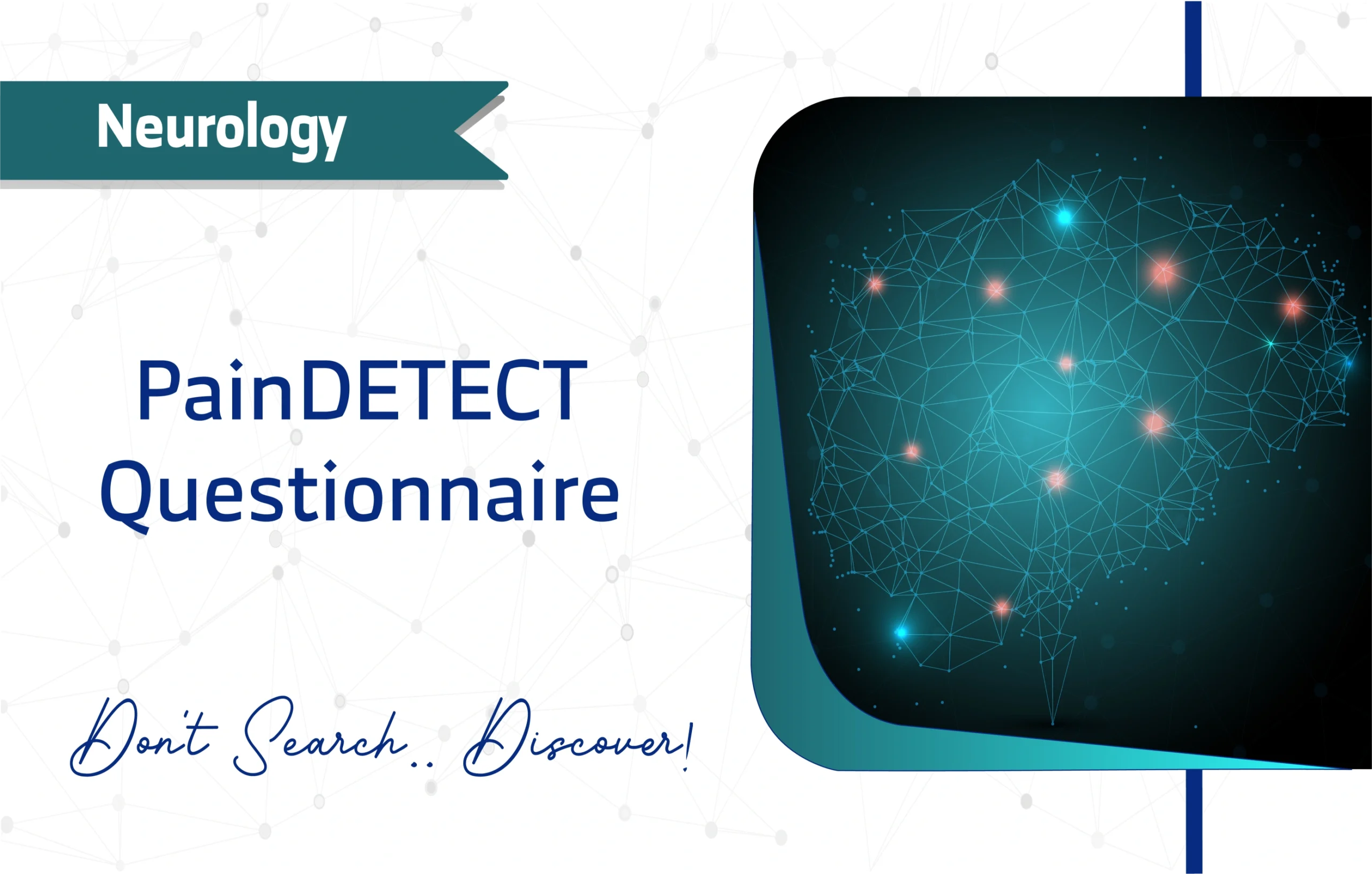

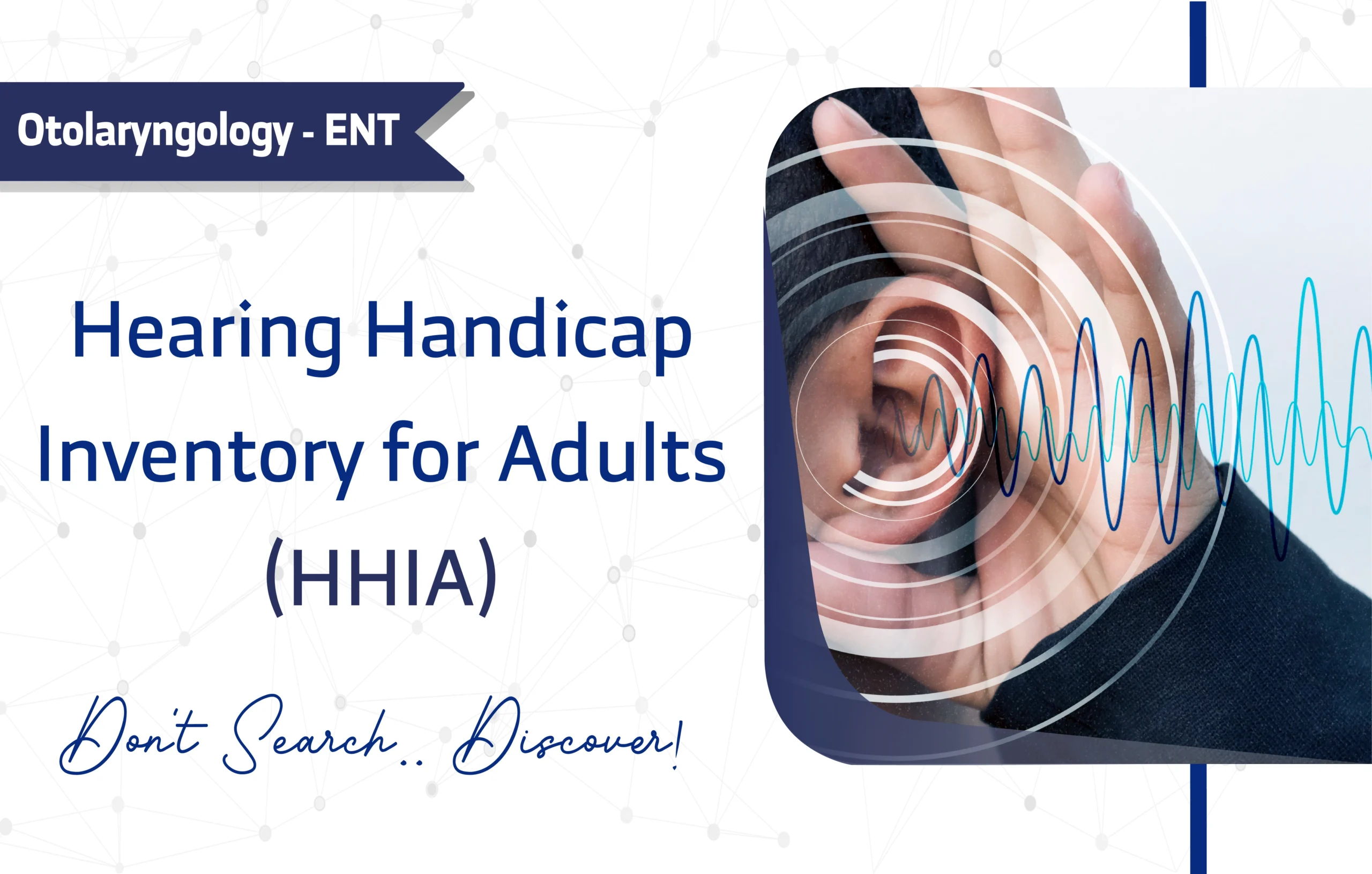
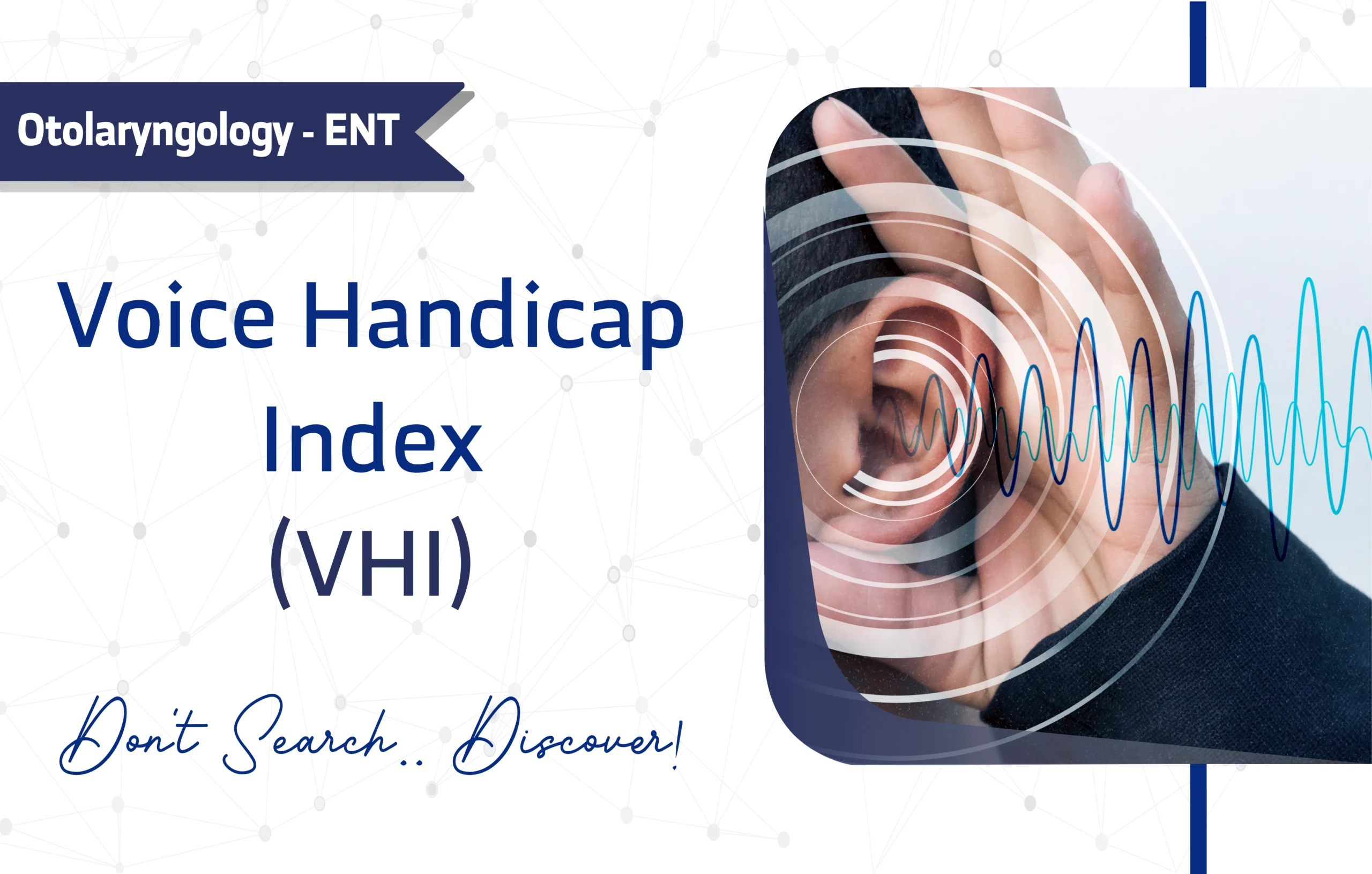

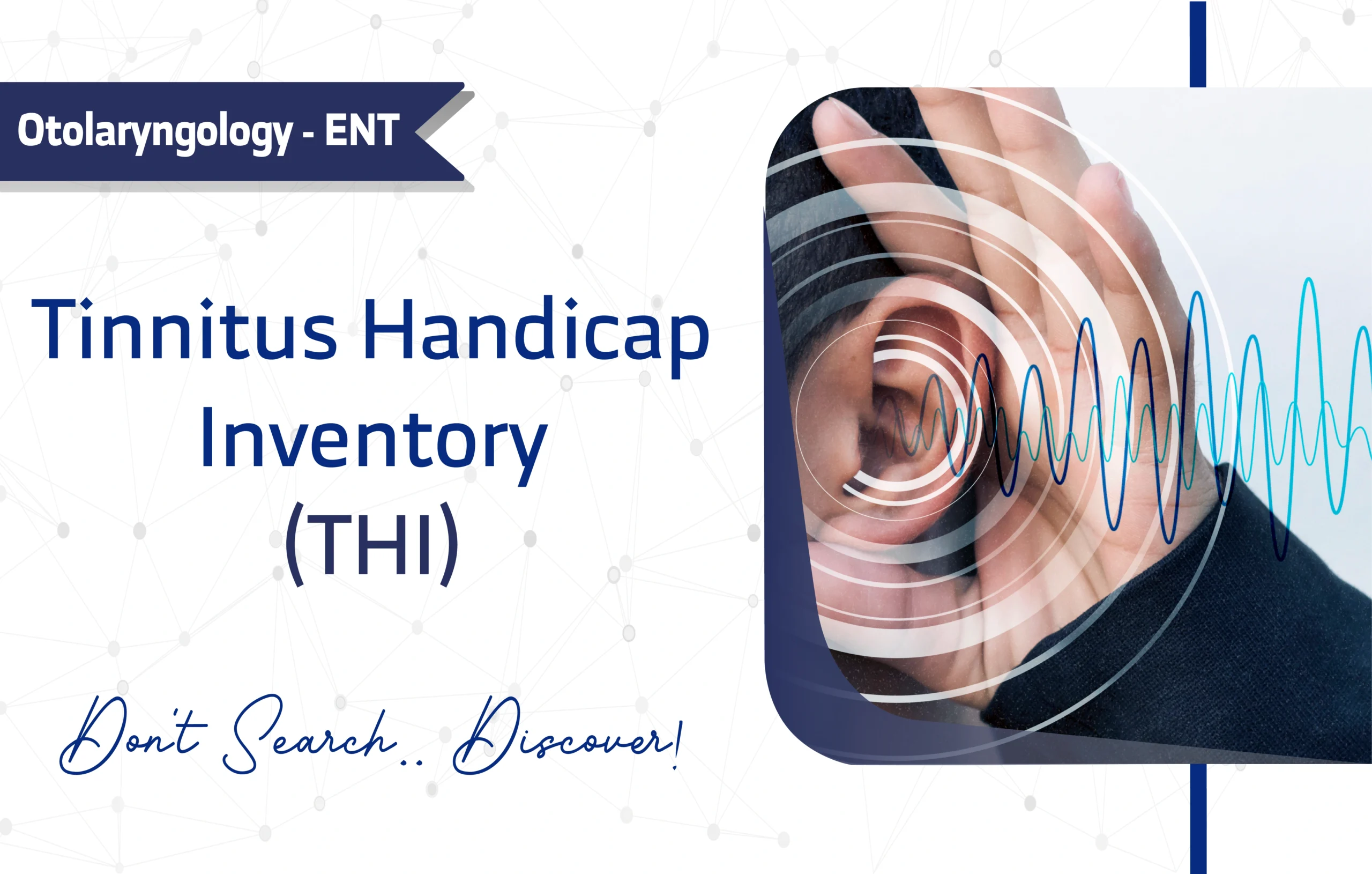
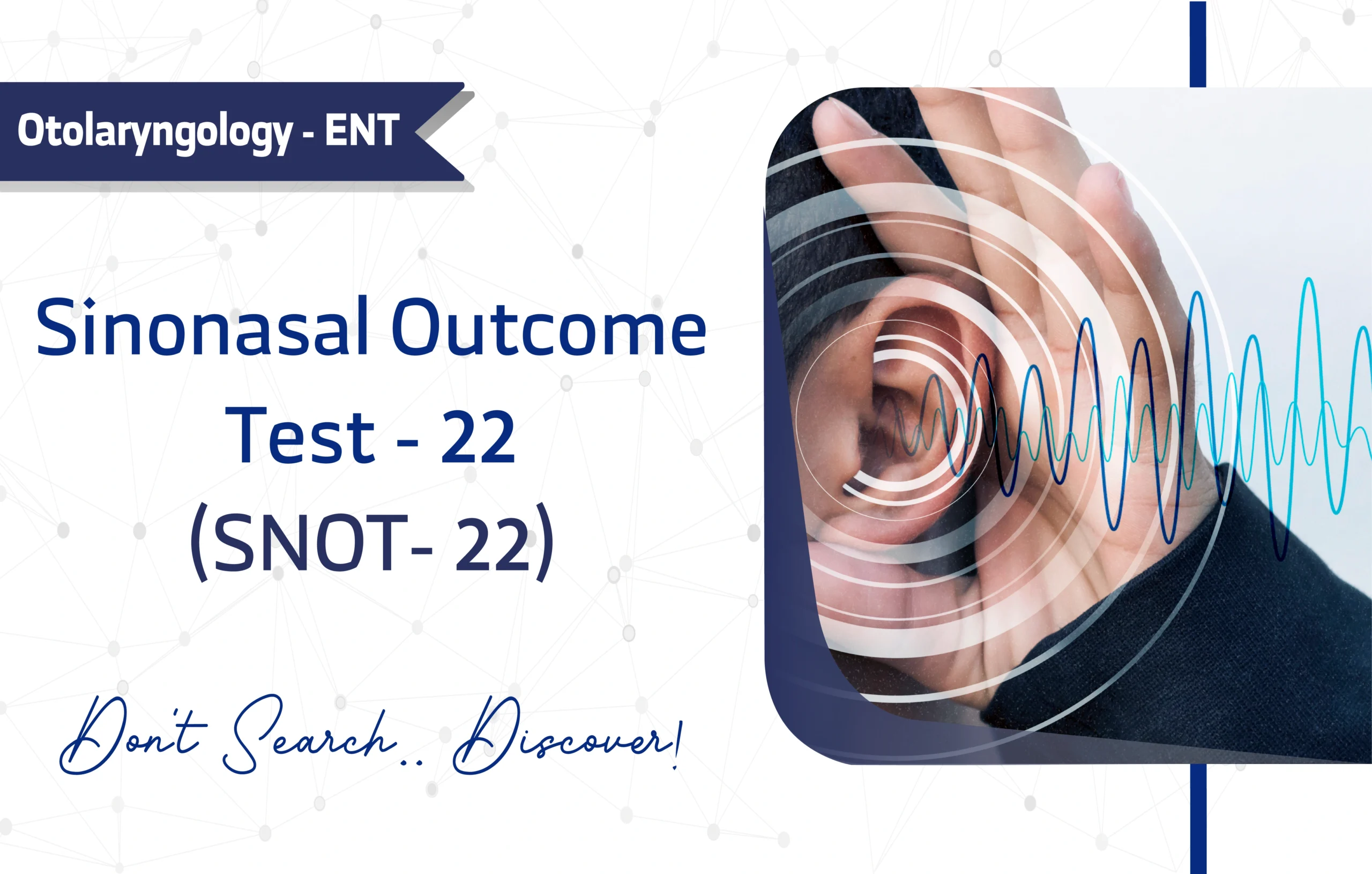
1 thought on “PainDETECT Questionnaire (PD-Q): A Full Guide for Researchers and Clinicians”
Seriously, one of the best articles I’ve read on this subject. Keep up the amazing work!